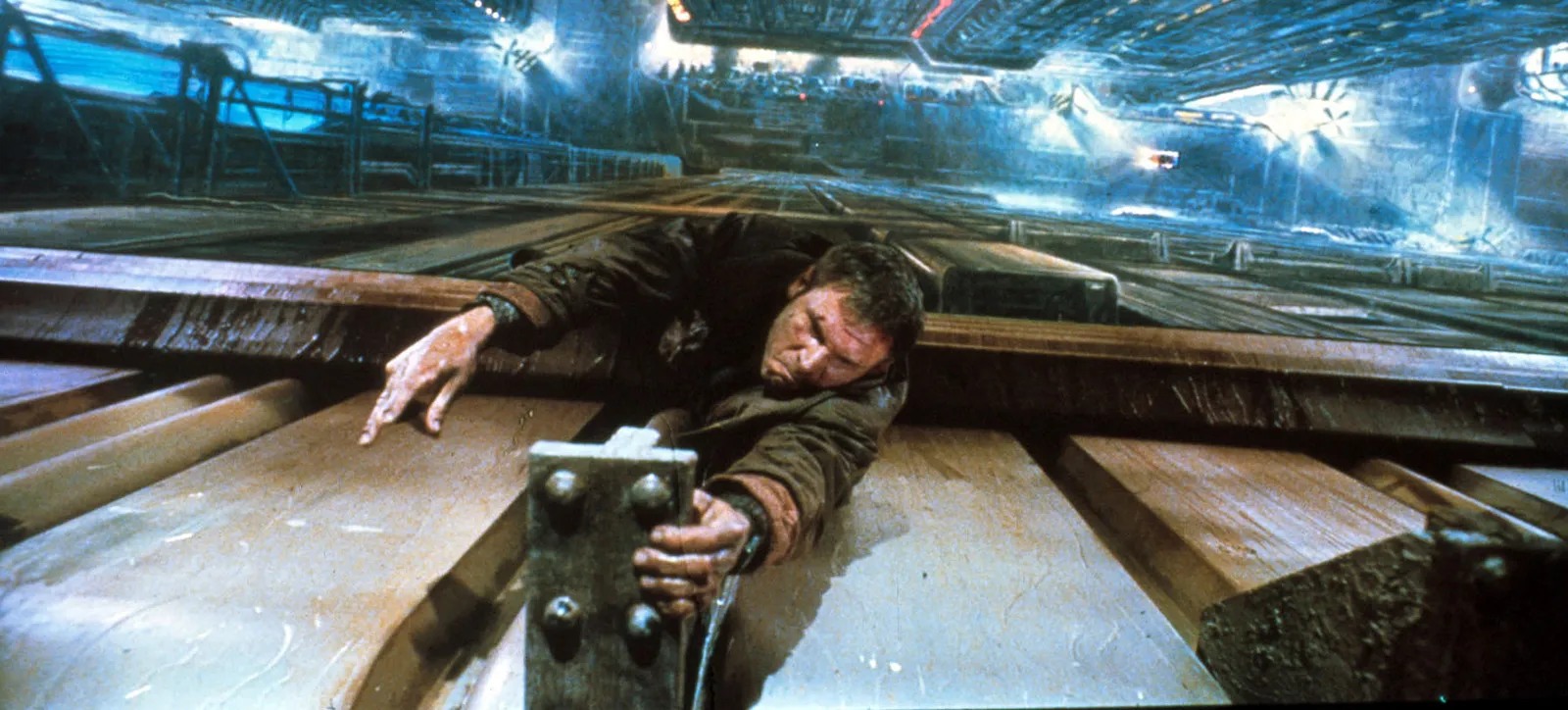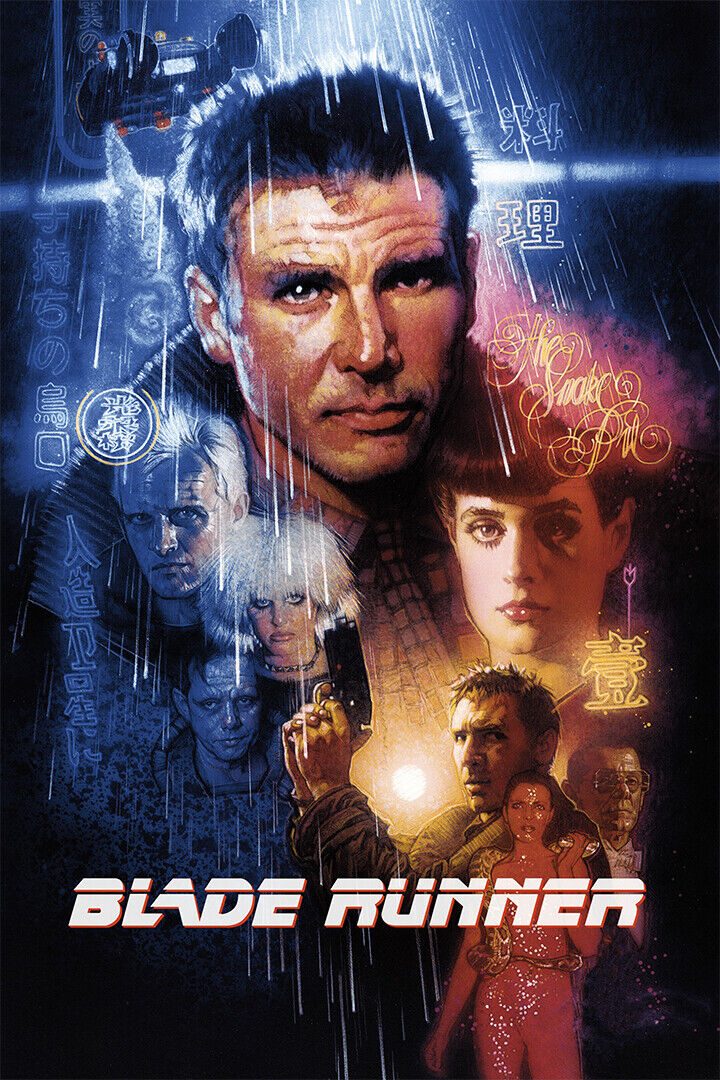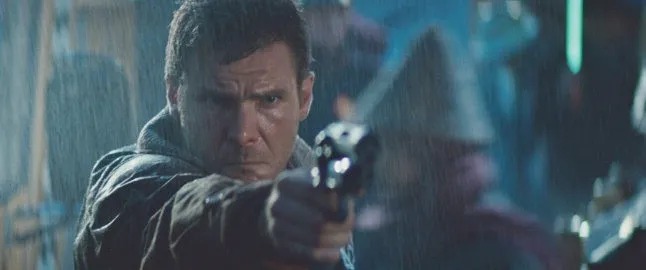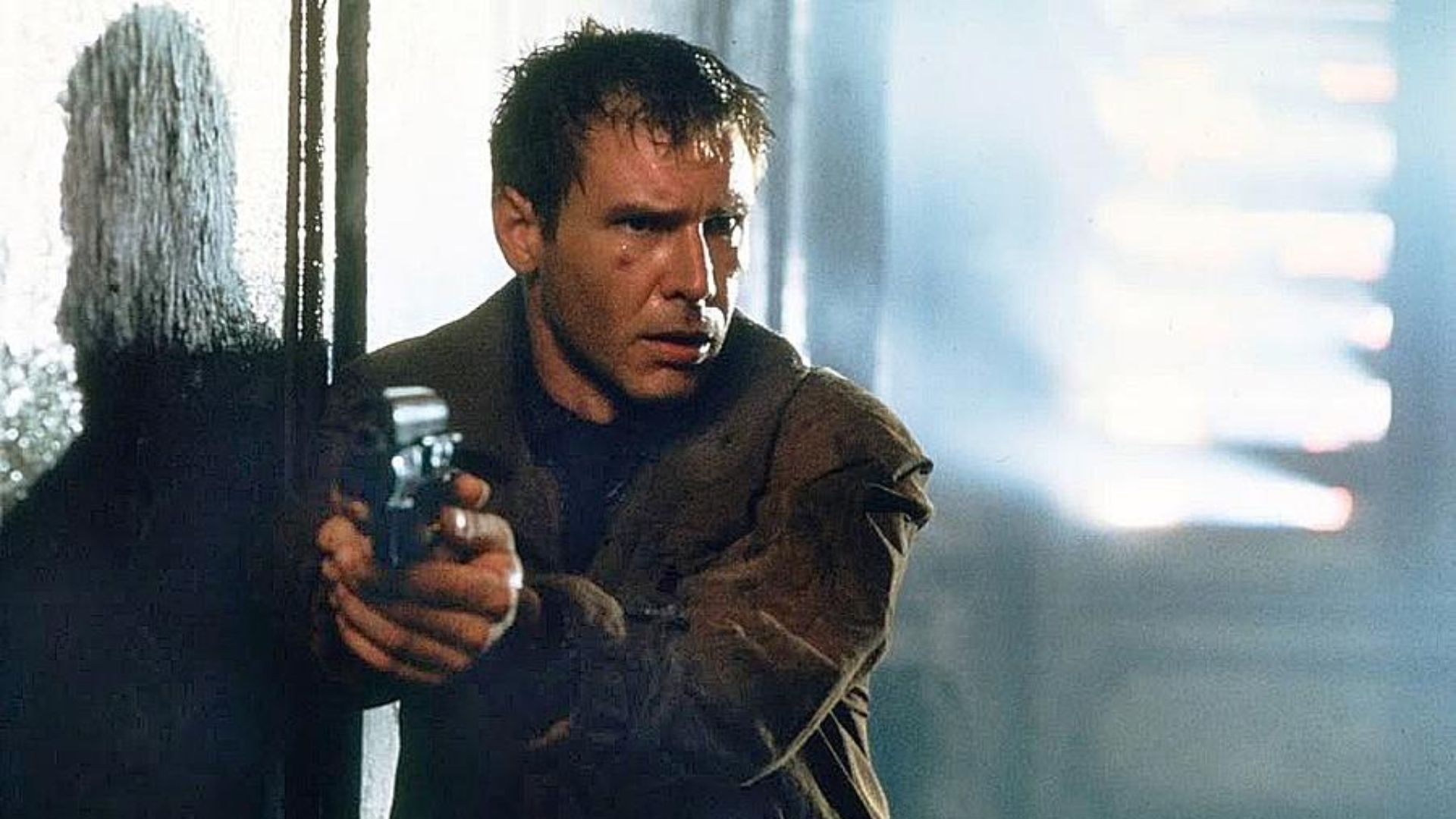Blade Runner (1982)

“Blade Runner” is a 1982 science fiction film directed by Ridley Scott and adapted from Philip K. Dick’s 1968 novel “Do Androids Dream of Electric Sheep?” The film stars Harrison Ford, Rutger Hauer, Sean Young, and Edward James Olmos. It is renowned for its groundbreaking visual style and thought-provoking themes.
Plot Summary:
Set in a dystopian future Los Angeles in 2019, “Blade Runner” follows Rick Deckard (Harrison Ford), a former police officer known as a “blade runner,” who is tasked with hunting down and “retiring” rogue replicants. Replicants are bio-engineered beings that are virtually indistinguishable from humans but are used for off-world labor and entertainment. They are considered illegal on Earth.


The story begins when a group of advanced replicants, led by Roy Batty (Rutger Hauer), returns to Earth seeking to extend their predetermined lifespan. Deckard is pulled out of retirement to track them down. As he investigates, he encounters Rachael (Sean Young), a replicant who believes she is human and begins to question her own identity and existence.
The film delves into Deckard’s struggle with his own moral and existential dilemmas as he hunts the replicants, all while grappling with questions about humanity, consciousness, and the nature of life.
Themes and Style:
“Blade Runner” explores themes of identity, humanity, and the ethical implications of artificial intelligence. It raises questions about what it means to be human and the nature of memory and consciousness.


Ridley Scott’s direction is characterized by its distinctive visual style, which features a dark, rain-soaked, and neon-lit portrayal of a future city. The film’s production design and special effects were revolutionary for its time and have since become iconic in the genre.
The film’s soundtrack, composed by Vangelis, contributes to its moody and atmospheric tone, enhancing the overall experience of the dystopian world.
Legacy:
Though initially met with mixed reviews and modest box office success, “Blade Runner” has since become a classic of the science fiction genre. It is praised for its innovative approach, philosophical depth, and influence on subsequent films and media. The film has been the subject of multiple versions and cuts, with the “Final Cut” released in 2007 being the most acclaimed for its improved visuals and clarity of the director’s vision.











